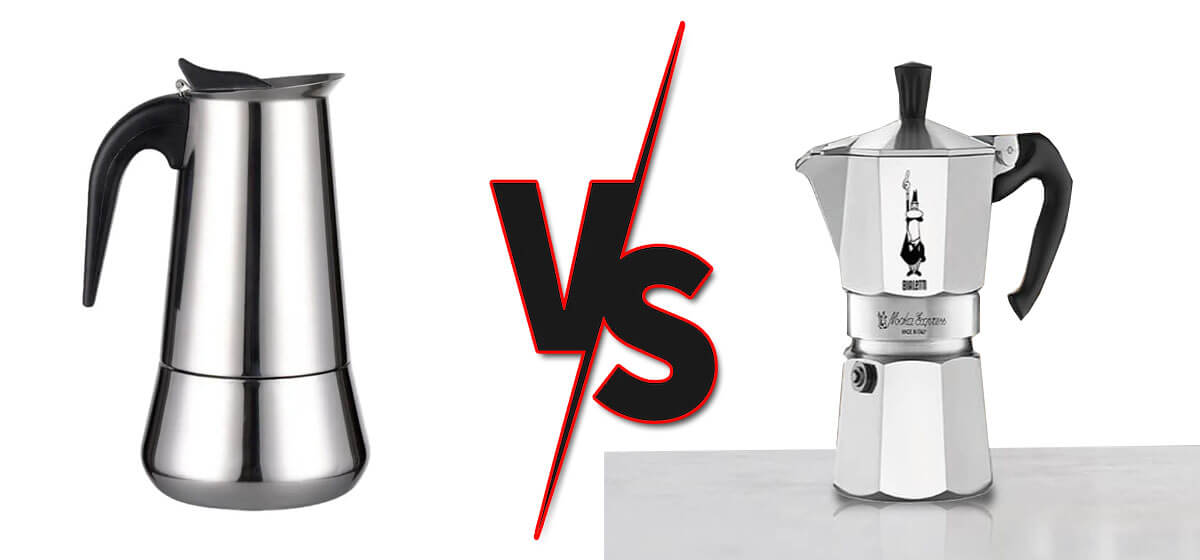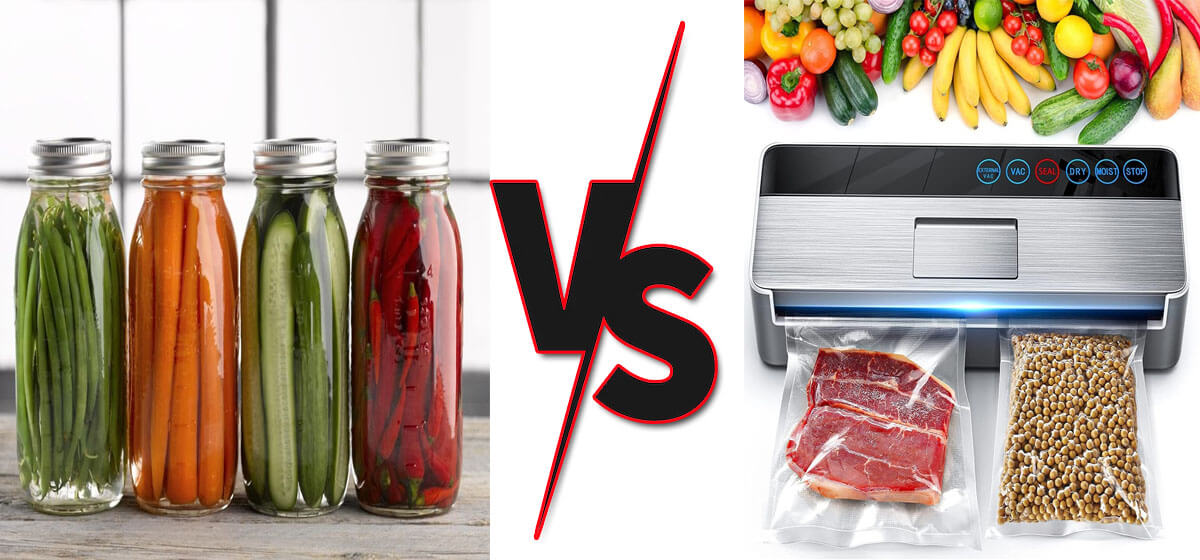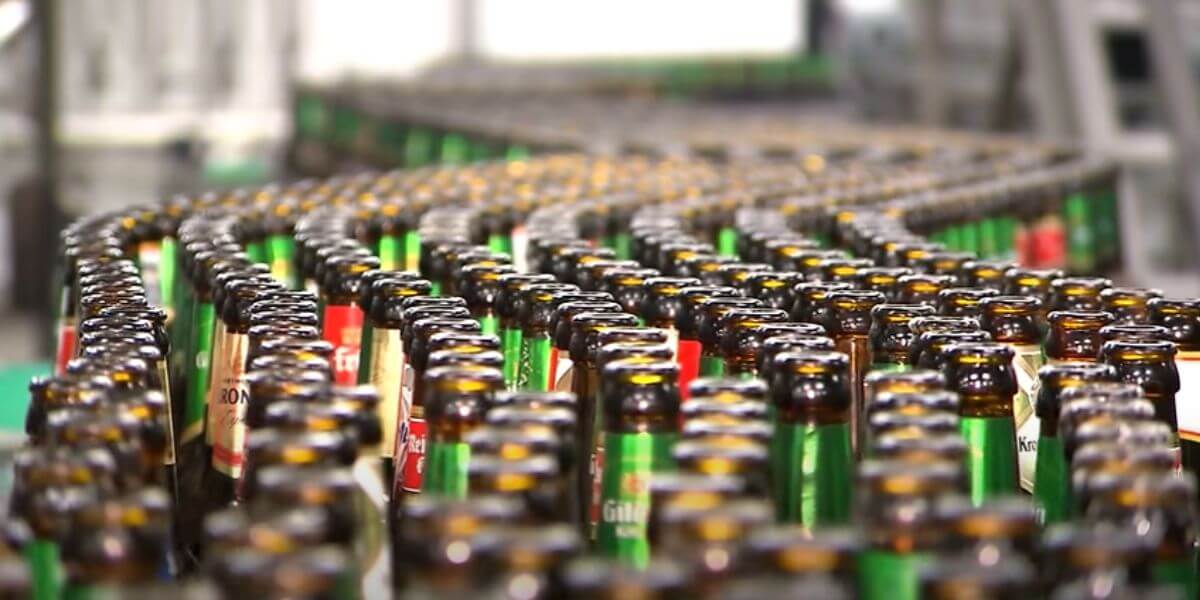Usda banning canning lids
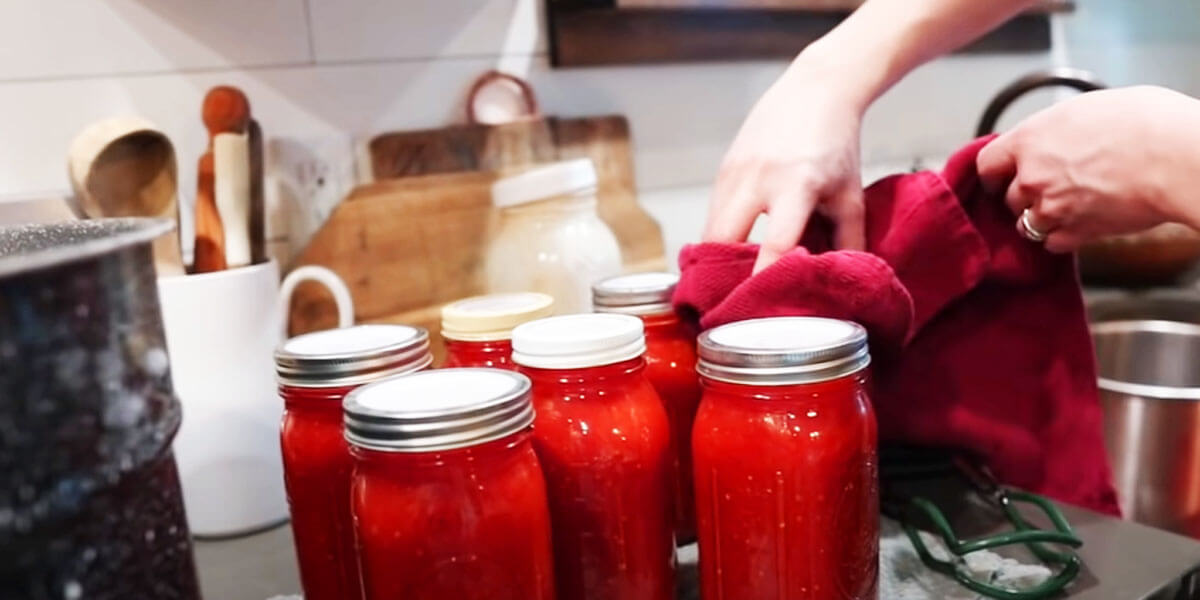
As an Amazon Associate I earn from qualifying purchases.
Usda banning canning lids have been a staple in the pantries of home cooks for generations, providing an easy way to store and preserve food so it can last longer. But now, the United States Department of Agriculture (USDA) is banning these time-honored products due to safety concerns.
This shift has raised questions about how people can stockpile their favorite vegetables or jams without worrying about spoiling them over time. In this blog post, we will review what led to the USDA’s decision and provide an overview of alternative preservation methods that may work as well or even better in some cases. Read on for more!
Introducing the USDA’s Ban on Canning Lids
The USDA recently announced that it would ban canning lids on food storage and preservation containers due to safety concerns. This decision comes after reports of the potential for contamination from plastic BPA-lined lids, which could lead to foodborne illness if ingested. The ban applies to all canning lids, including standard flat ones, two-piece, and safety lids.
While this ban may surprise many, it’s important to note that the USDA banning canning lids has been taking steps to improve food safety for some time now. The agency wants to ensure that all products used for food storage meet the highest safety standards, so they are cracking down on any potential risks associated with canning lids.
What Do Canning Lids Contain That Could Be Harmful To Us
Canning lids typically contain a plastic film called BPA (Bisphenol A), which is used to seal the top and create an airtight barrier to prevent food spoilage. Unfortunately, this substance has been linked to various health issues, including cancer, hormone disruption, infertility, etc. It also contains harmful chemicals that can leach into food when heated, making it potentially hazardous to consume.
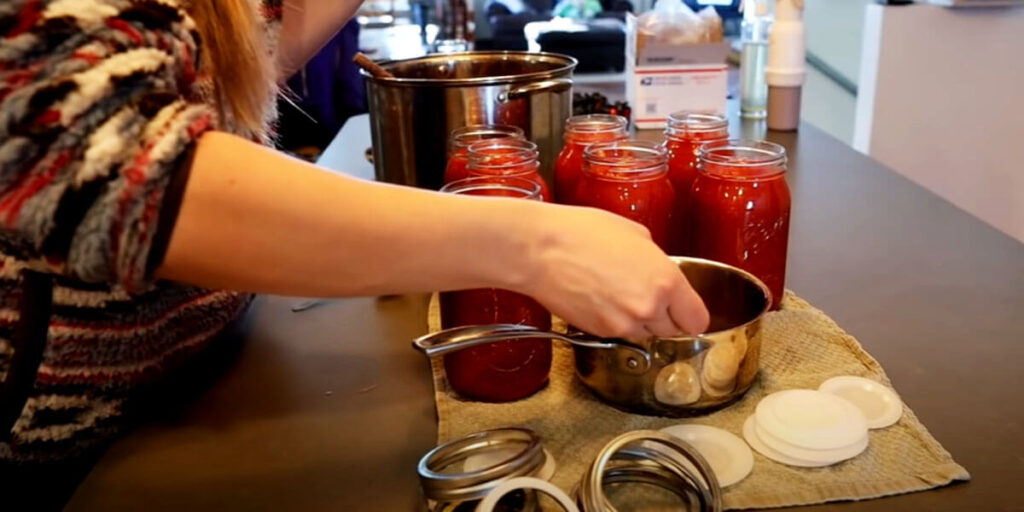
The USDA’s ban is an effort to reduce the presence of BPA in the environment and protect consumers from potential health risks associated with consuming foods contaminated by this substance.
The Health Risks of Canning Lids and How You Can Avoid Them
While the USDA’s ban on canning lids is essential for protecting consumers, there are still steps you can take to ensure your food remains safe. First and foremost, it’s necessary to thoroughly wash any containers used for preserving food. This will help reduce the risk of contamination from BPA-containing lids.
Additionally, you should know any expiration dates printed on canning lids. This will help you avoid spoilage if the product has been left in storage too long. Finally, inspecting your containers regularly for any signs of damage or leakage is essential. If there’s any evidence of contamination, discard the food and purchase new products.
Alternatives to Traditional Usda Banning Canning Lids
Fortunately, the USDA’s ban on canning lids doesn’t mean you have to give up preserving food altogether. Many other options are available that are just as effective, if not more so!
One possibility is vacuum-sealing containers. These products use a vacuum pump to remove all air from the container and create an airtight seal which keeps contents fresh for much longer. Another great option is home freezing, which involves storing food in the freezer to prevent it from spoiling or losing flavor. Finally, consider using glass jars with rubber gaskets and rings instead of plastic lids.
Ensuring Quality of Your Home-Canned Goods Without the Use of Unsafe Lids
Though the USDA’s ban on canning lids may be inconvenient, it’s ultimately necessary to help protect consumers from potential health risks. But you don’t have to give up canning altogether! There are many ways to continue enjoying your favorite preserved foods without endangering yourself or others.
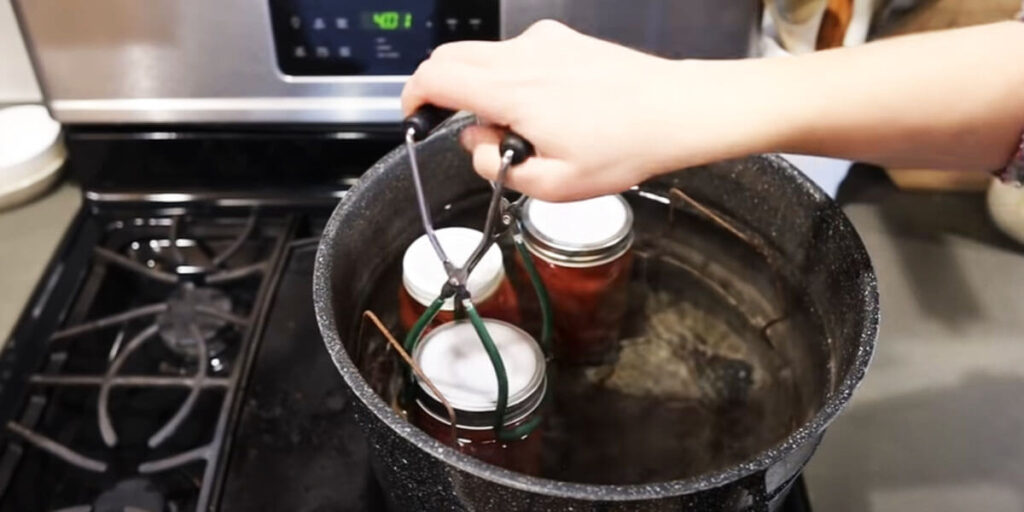
With proper attention and care, you can ensure the quality of your home-canned goods without using unsafe lids. Make sure to research the different preservation methods available to choose the one that works best for you and your family. With these tips, you can continue creating delicious homemade meals for years!
How to Dispose Of Your Old Canning Lids In A Responsible Manner
One of the most important things to consider when dealing with the USDA’s ban on canning lids is properly disposing of your old ones. It’s essential to remember that these products contain hazardous materials, so they must be discarded responsibly.
The best way to do this is by taking them to a local recycling facility or hazardous waste disposal site. Alternatively, you can also look for an alternative use for them, such as crafts, DIY projects, or even garden decorations – make sure to check with your local authorities first!
By taking the time and effort to dispose of your old canning lids properly, you’ll be helping keep your community safe and clean. So take the time to do it right, and you’ll do your part to protect the environment!
Conclusion
The USDA’s ban on canning lids has raised questions about how people can preserve their favorite foods without these products. However, plenty of other options can provide just as effective results – and in some cases, even better ones.
Whether you opt for vacuum-sealing, home freezing, or glass jars with rubber gaskets and rings, carefully consider your options for preserving food. By doing so, you can keep enjoying all of your favorite recipes without putting yourself at risk! And don’t forget to dispose of any old lids in a responsible manner securely – it’s essential to do your part for the environment.
With effort and knowledge, you can still enjoy delicious home-canned foods – lids are no longer necessary! So get creative and start preserving your favorite recipes today!
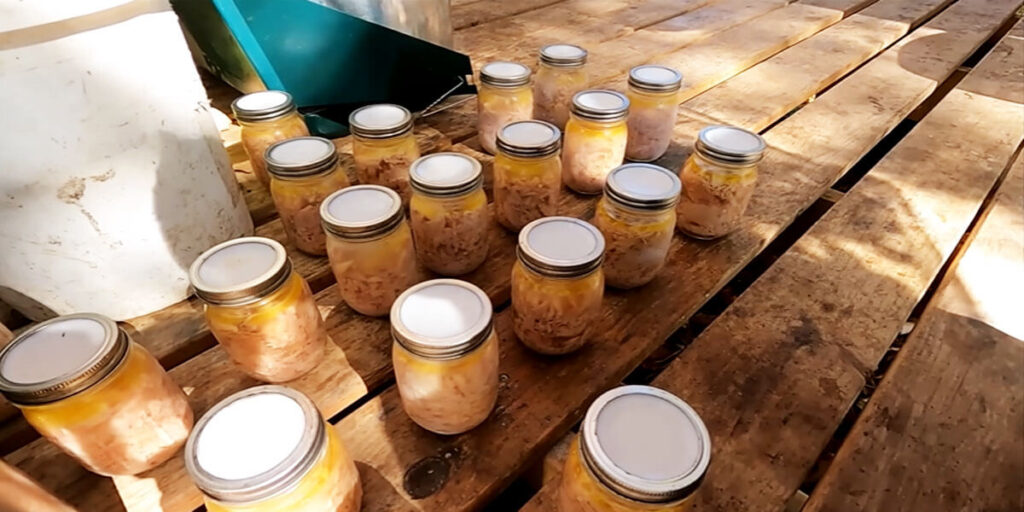
FAQs About the USDA Banning Canning Lids
1. How did the USDA conclude that canning lids should be banned?
The USDA conducted extensive research on BPA and found it has been linked to several adverse health effects. As a result, they determined that banning these lids is necessary to protect consumers from any potential risks associated with their use.
2. What types of containers should I use instead of canning lids?
Many alternatives, such as vacuum sealing, home freezing, or glass jars with rubber gaskets and rings, are available. Research your options before deciding which one is best for you.
3. How do I dispose of my old canning lids responsibly?
The best way to do this is by taking them to a local recycling facility or hazardous waste disposal site. Alternatively, you can also look for an alternative use for them, such as crafts, DIY projects, or even garden decorations – just make sure to check with your local authorities first!
Following these tips and FAQs, you can continue preserving food without using unsafe canning lids. With just a bit of effort, you can enjoy all your favorite homemade recipes – no matter what! So don’t wait any longer and start preserving good food today.
Also read: How much does a canning line cost
Amazon and the Amazon logo are trademarks of Amazon.com, Inc, or its affiliates.


